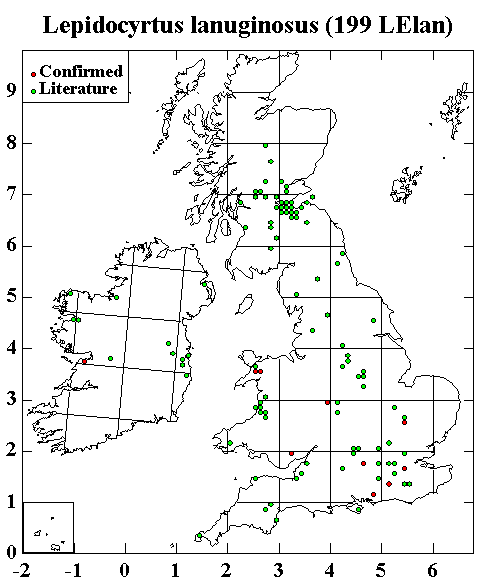|
Fig. 1 (above): Dorsal side of the right side of the fourth abdominal segment of Lepidocyrtus lanuginosus of 1.2 mm in length collected from Chazey Heath near Reading in 1986 by M.N. Wetton. The distal part of the trichobothrium (trich) is not in the plane of focus but extends for some distance to the right off the edge of the photograph. The arrangement of setae e, a, m and mp agrees reasonably well with descriptions in the literature except for the presence of an additional seta (labelled ?). At the moment, it is not possible to resolve this paradox. Ant, anterior; Post, posterior.
|
|









